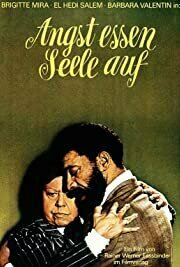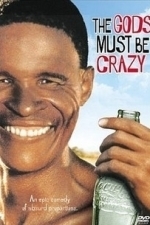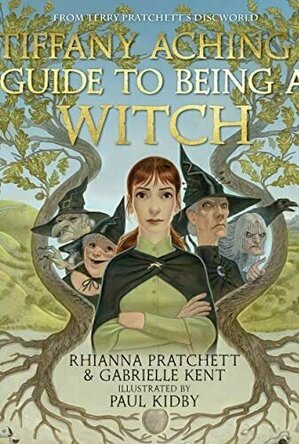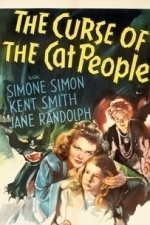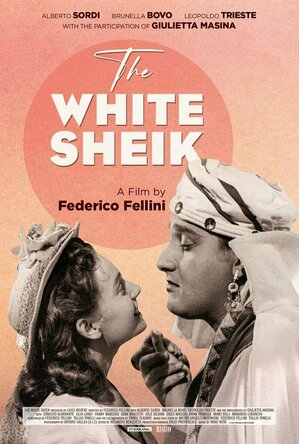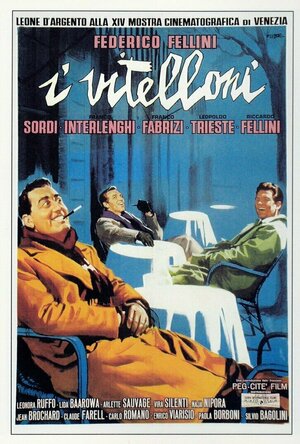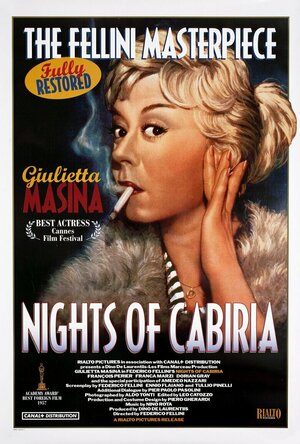Search
Search results
KerrChung (46 KP) rated Stupendousaurus Rex in Podcasts
Jun 13, 2018
informative (1 more)
real
getting better
2 friends challenge each other to watch movies and discuss them later. Sometimes they are good movies sometimes they are bad. some real life discussions and some toungue in cheeck asides. first time trying a podcast, they are working to perfect their art. If you are a fan of movies they make some pretty good suggestions. starting with episode one featuring The Princess Bride and Jaws. here's the first episode on ITunes! https://itunes.apple.com/us/podcast/episode-1-part-1-the-princess-bride/id1398174609?i=1000413627448&mt=2
Check them out at https://www.stupendousaurusrex.com/
twitter https://twitter.com/Stupendous_Rex
facebook https://www.facebook.com/stupendousaurusrex
Gmail. stupendousaurusrex@gmail.com
Check them out at https://www.stupendousaurusrex.com/
twitter https://twitter.com/Stupendous_Rex
facebook https://www.facebook.com/stupendousaurusrex
Gmail. stupendousaurusrex@gmail.com
Terence Nance recommended Ali: Fear Eats the Soul (1974) in Movies (curated)
Sharlto Copley recommended The Gods Must Be Crazy (1980) in Movies (curated)
David McK (3562 KP) rated Tiffany Aching's Guide to Being a Witch in Books
Jan 6, 2025
The late, great Terry Pratchett was one of my favourite authors.
Particularly his Discworld series of books.
From which the trainee witch, Tiffany Aching, was a later addition, first appearing in The Wee Free Men when, towards the end of the series (in the alter years of his life) Pratchett started writing a series of Discworld novels aimed more at the younger reader.
Rhianna Pratchett is Terry's daughter, who I know best for having worked on the Tomb Raider series of rebooted games in the 2010s ('Tomb Raider, 'Rise of the Tomb Raider' and 'Shadow of the Tomb Raider') although I am aware she has worked on others.
With Terry passing away in 2015 and with a steam roller (really) crushing his last remaining hard drive as per his will, I thought the Discworld series was done and dusted.
Until this came out, purporting to be a 'in-universe' guide written by Tiffany Aching (and with annotation by Granny Weatherwax, Rob Anybody, and Nanny Ogg amongst others), and (again, in-universe) from after the events of the final Discworld novel, The Shepherd's Crown.
This, I found, to be a light read, not really a story as such as it has no over-arching plot, but a fun diversion for an afternoon or two (or longer if - like me - life keeps getting the road!)
Particularly his Discworld series of books.
From which the trainee witch, Tiffany Aching, was a later addition, first appearing in The Wee Free Men when, towards the end of the series (in the alter years of his life) Pratchett started writing a series of Discworld novels aimed more at the younger reader.
Rhianna Pratchett is Terry's daughter, who I know best for having worked on the Tomb Raider series of rebooted games in the 2010s ('Tomb Raider, 'Rise of the Tomb Raider' and 'Shadow of the Tomb Raider') although I am aware she has worked on others.
With Terry passing away in 2015 and with a steam roller (really) crushing his last remaining hard drive as per his will, I thought the Discworld series was done and dusted.
Until this came out, purporting to be a 'in-universe' guide written by Tiffany Aching (and with annotation by Granny Weatherwax, Rob Anybody, and Nanny Ogg amongst others), and (again, in-universe) from after the events of the final Discworld novel, The Shepherd's Crown.
This, I found, to be a light read, not really a story as such as it has no over-arching plot, but a fun diversion for an afternoon or two (or longer if - like me - life keeps getting the road!)
Well, now, that was ... unusual.
Unusual in that I don't think I've ever come across history told in such a manner before.
And, I have to say: I think it worked.
This tells the life story of Manfred von Richtohofen, otherwise (and perhaps more famously) known as The Red Baron - a German ace during the infancy of flight, and of warfare in the air (during The Great War, or World War One as it would later become known).
While it does, perhaps, gloss over the more horrific aspects of the war in the air (no parachutes,with the planes being death-traps, and with Richtohofens policy of aiming for the pilot rather than the plane) I have to say that I did learn more from this than I was already aware of - and no, unlike some of my American counterparts, my knowledge of him did NOT come from the Peanuts (right? isn't that the one with Snoopy?) cartoon!
Unusual in that I don't think I've ever come across history told in such a manner before.
And, I have to say: I think it worked.
This tells the life story of Manfred von Richtohofen, otherwise (and perhaps more famously) known as The Red Baron - a German ace during the infancy of flight, and of warfare in the air (during The Great War, or World War One as it would later become known).
While it does, perhaps, gloss over the more horrific aspects of the war in the air (no parachutes,with the planes being death-traps, and with Richtohofens policy of aiming for the pilot rather than the plane) I have to say that I did learn more from this than I was already aware of - and no, unlike some of my American counterparts, my knowledge of him did NOT come from the Peanuts (right? isn't that the one with Snoopy?) cartoon!
Awix (3310 KP) rated The Curse of the Cat People (1944) in Movies
Jun 4, 2020
Odd, dreamy follow-up to Cat People; not really a sequel in the conventional sense at all, barely qualifies as a horror movie, either. Picks up the story a few years later; the couple from the original film are now married with a child, who has a problematically rich fantasy life. Given a 'wishing ring' by a lonely old woman, she wishes for a friend - and what appears to be the ghost of her father's first wife (Irena the Cat Woman) materialises...
Much, much gentler than it might sound; there's virtually no reference to Irena's supposedly cursed blood (she turns into a cat in moments of passion), the 'curse' mentioned in the title is the shadow her death still casts over the family. But here Irena seems entirely benign and the story is about the relationship between parents and a child struggling to fit in. Nicely made and performed, but very hard to categorise.
Much, much gentler than it might sound; there's virtually no reference to Irena's supposedly cursed blood (she turns into a cat in moments of passion), the 'curse' mentioned in the title is the shadow her death still casts over the family. But here Irena seems entirely benign and the story is about the relationship between parents and a child struggling to fit in. Nicely made and performed, but very hard to categorise.

